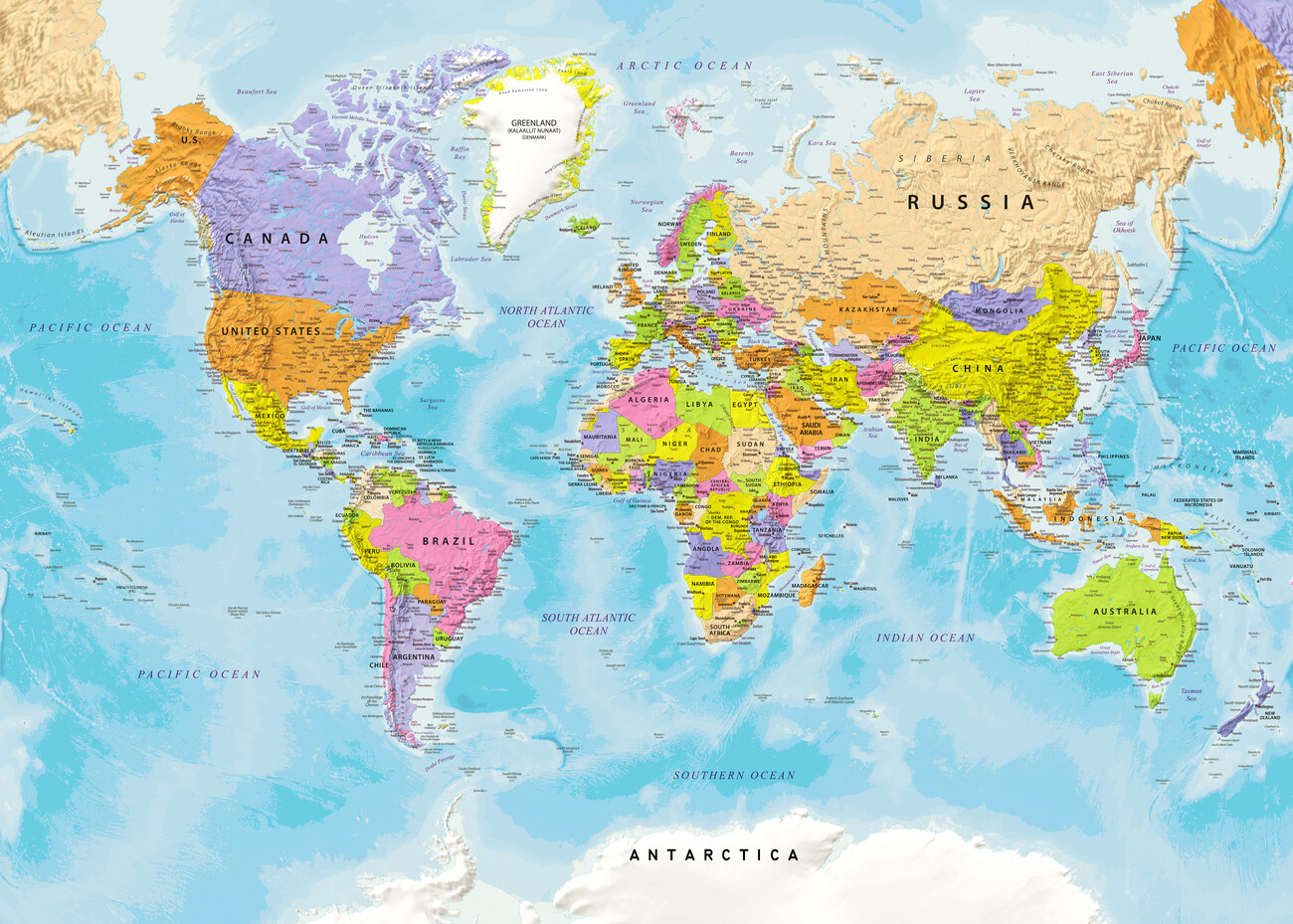New Perspectives on Science Education

본문
One of the primary benefits of incorporating art into science education is its ability to stimulate students' curiosity and enthusiasm. Science can often be perceived as a dry and abstract subject, making it challenging for students to relate to and understand. By using visual aids and hands-on activities, art can enrich students' understanding of science and inspire students to explore and learn more.
For instance, when teaching about the Earth's climate, students can be asked to create a painting or drawing depicting the different stages of ocean currents and circulation patterns. This exercise encourages students to gain insights into the process in a more interactive and intuitive way, rather than just reading about it in a textbook.

Similarly, when teaching about cellular biology, students can be assigned to create a sculpture or model of a cell, complete with different organelles and their functions. This activity helps students understand the complex interactions between various cell components and gain a deeper understanding of cellular processes.
Art can also be used to teach scientific concepts through illustration. By creating comics, illustrations, or graphic novels, students can convey complex scientific ideas in a more engaging and relatable manner. This approach allows students to develop their critical thinking skills while exploring scientific concepts in a more interactive way.
In addition to making science more engaging, art can also foster creativity and innovation. When students are tasked with using art to communicate scientific concepts, they must think critically about design and effectiveness. This exercise encourages students to develop their scientific knowledge and understanding while also developing their scientific knowledge and understanding.
To effectively integrate art into science education, educators can employ a variety of strategies. Some ideas include:
Creating interactive exhibits and displays that showcase scientific concepts through visual aids and hands-on activities
Assigning creative tasks that relate to science and understanding to a real-world application
Incorporating visual aids into science education such as using visualizations to foster curiosity
Providing challenges that promote teamwork and communication skills promoting teamwork and communication skills in the process
In conclusion, creative expressions can make science more engaging in teaching science concepts, no smoking poster making drawing complex scientific principles more accessible and enjoyable. By incorporating art into science education, educators can foster a deeper understanding and appreciation of science.

댓글목록0
댓글 포인트 안내